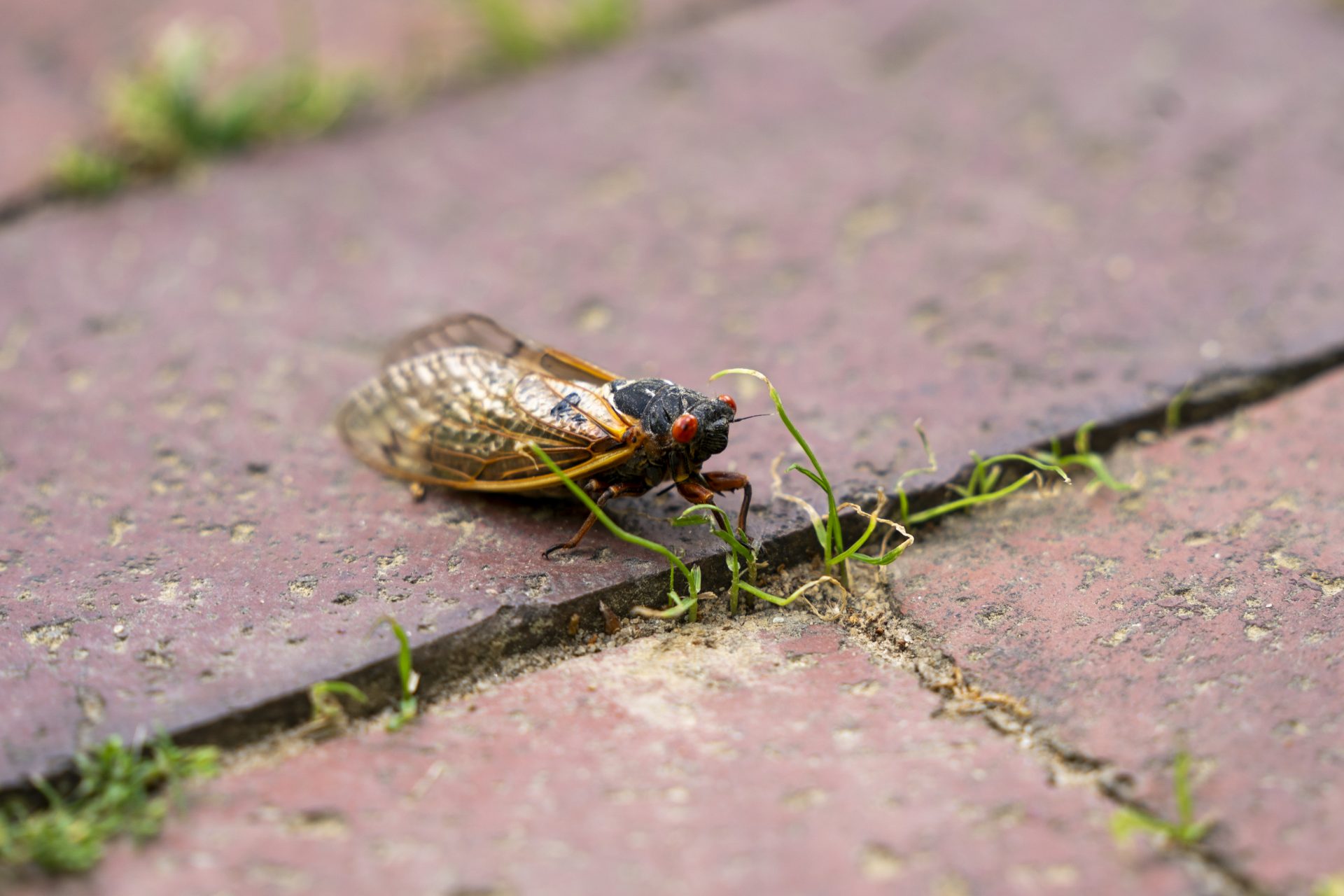Putin's drones of terror are attacking Ukraine’s civilian infrastructure
Russia is failing to gain territory in the war with Ukraine, so it has doubled its punitive actions. Right now, Putin's weapon of choice to terrorize Ukrainians are drones.
Putin’s drones of terror come from Iran, according to the United States. This has been the cause of protests like the one in the image, in Warsaw. However, the Iranian regime denies selling any weapons to the Russians.
According to The New York Times, The Islamic Revolutionary Guard from Iran trained the Russians in Crimea on the use of drones and how to coordinate the attacks from this territory.
The official name of the drones that Russia has launched against Ukrainian cities is Shahed-136. According to the New York Times, "It has a triangular wing, it carries a warhead of about 80 pounds ( just over 36 kilos) and it is thrown from the back of a truck".
It is estimated that a Shahed-136 drone can reach its target from 1,500km (932 miles) up to 2,000 kilometers (1242 miles) away. In the image, we can see the remains of a drone in Kyiv.
The drones could be described as "flying bombs", whose effectiveness lies in the fact that they can be thrown massively over great distances, causing multiple damage and giving the impression of an attack from all fronts.
According to the New York Times, military sources say suicide drones fly low and slow, making them easy to intercept. But Russia plays the trick of releasing them in huge numbers, making it nearly impossible to stop them all in their tracks.
The drone option also has an advantage for Russia: avoiding painful human and aircraft losses that could be caused by conventional bombing with manned warplanes.
The explosive effect of drones is not as great as that of other bombs that can be dropped by artillery, but they have an advantage: they can travel across the territory for many kilometers and can cause serious damage to basic infrastructure. That is what Russia is focusing on.
Russian drone attacks on Ukraine have caused infrastructure damage to the point of compromising the power supply in many areas of the country.
Naturally, when the cold weather sets in, a lack of heating will become lethal for Ukrainians.
However, Ukrainians also use drones (believed to be Turkish-made) capable of launching some kind of small missile.
Drone Warfare explains how 21st century armed conflicts are different. They are not just army versus army infantry clashes but something more complex.
Warfare on the ground has been replaced by artillery (bombing) warfare, drone strikes, attacks on enemy territory, and the goal of destroying infrastructure.
Drones have been getting more and more sophisticated for a long time. The US military has repeatedly used them in operations against Al Qaeda or ISIS.
Without the need for a pilot, the war is waged in Ukrainian skies and devices like this can be crucial when it comes to winning or being defeated.
More for you
Top Stories





























